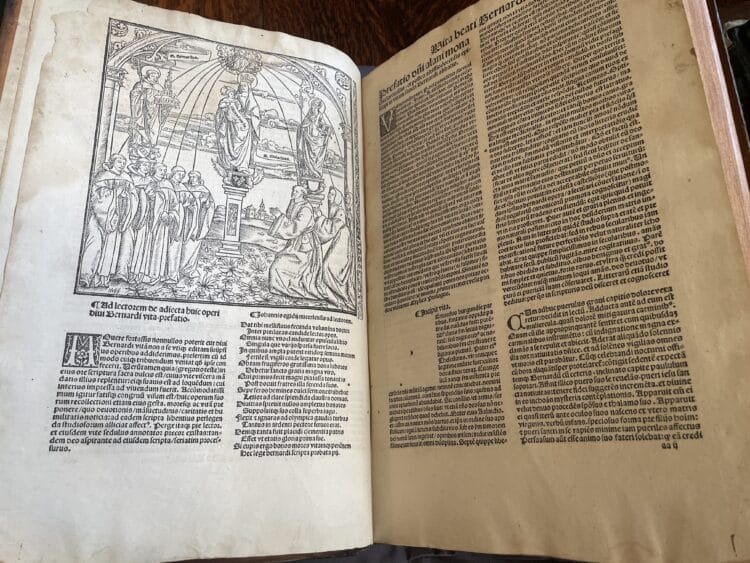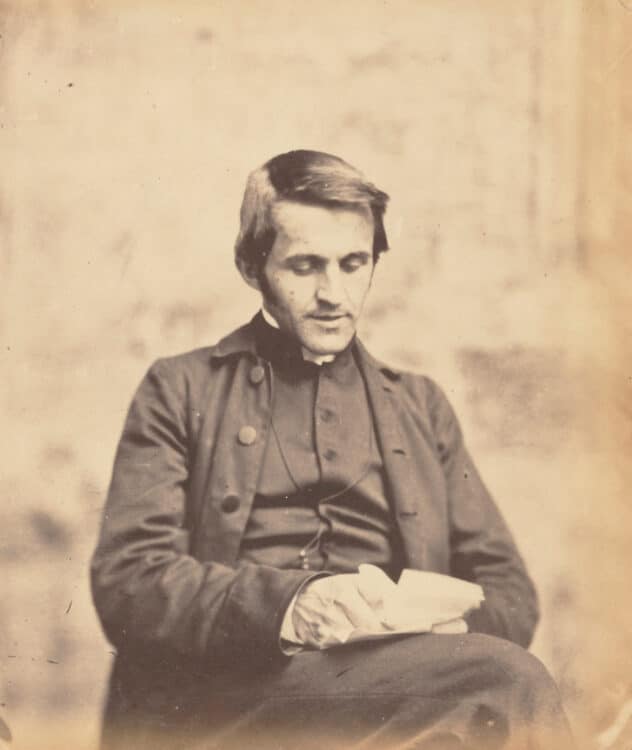An Introduction to the College Chapel
23 Jan 2019|Jonathan Yates
- Library, Arts & Archives
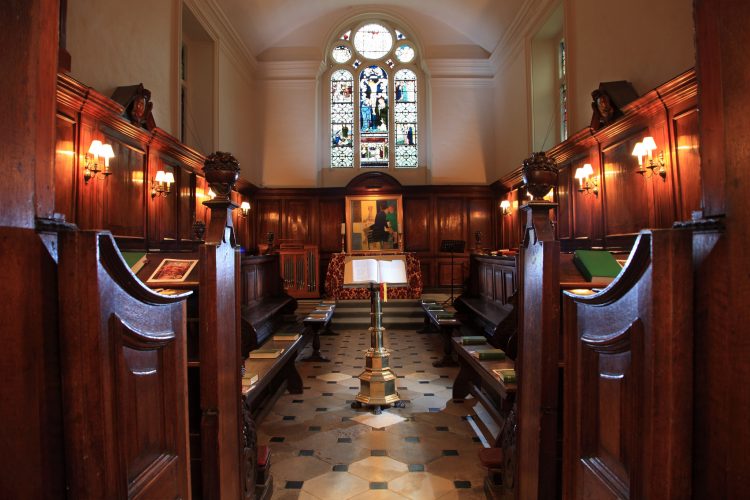
During the first 400 years of St Edmund Hall’s existence, members of the Hall would have worshipped at the neighbouring parish church of St Peter-in-the-East. In the late seventeenth century, the Principal, Stephen Penton, resolved to build a chapel for the Hall. To finance this he sold our silver plate and sought donations from former members. The new chapel was consecrated in 1682 and dedicated as “The Chapel of St Edmund in the University of Oxford”.
It was the first chapel in Oxford to be entirely built in the Classical style. The interior, in oak and cedar, is the work of the Oxford joiner Arthur Frogely. There are some subtle, but beautiful details such as the intricate carved pendants of flowers on the screen between the chapel and ante-chapel. The building also addressed the academic needs of the Hall as a library was included in a second storey above the ante-chapel. Its presence is alluded to by the stacks of books carved above the doorway to the Chapel.
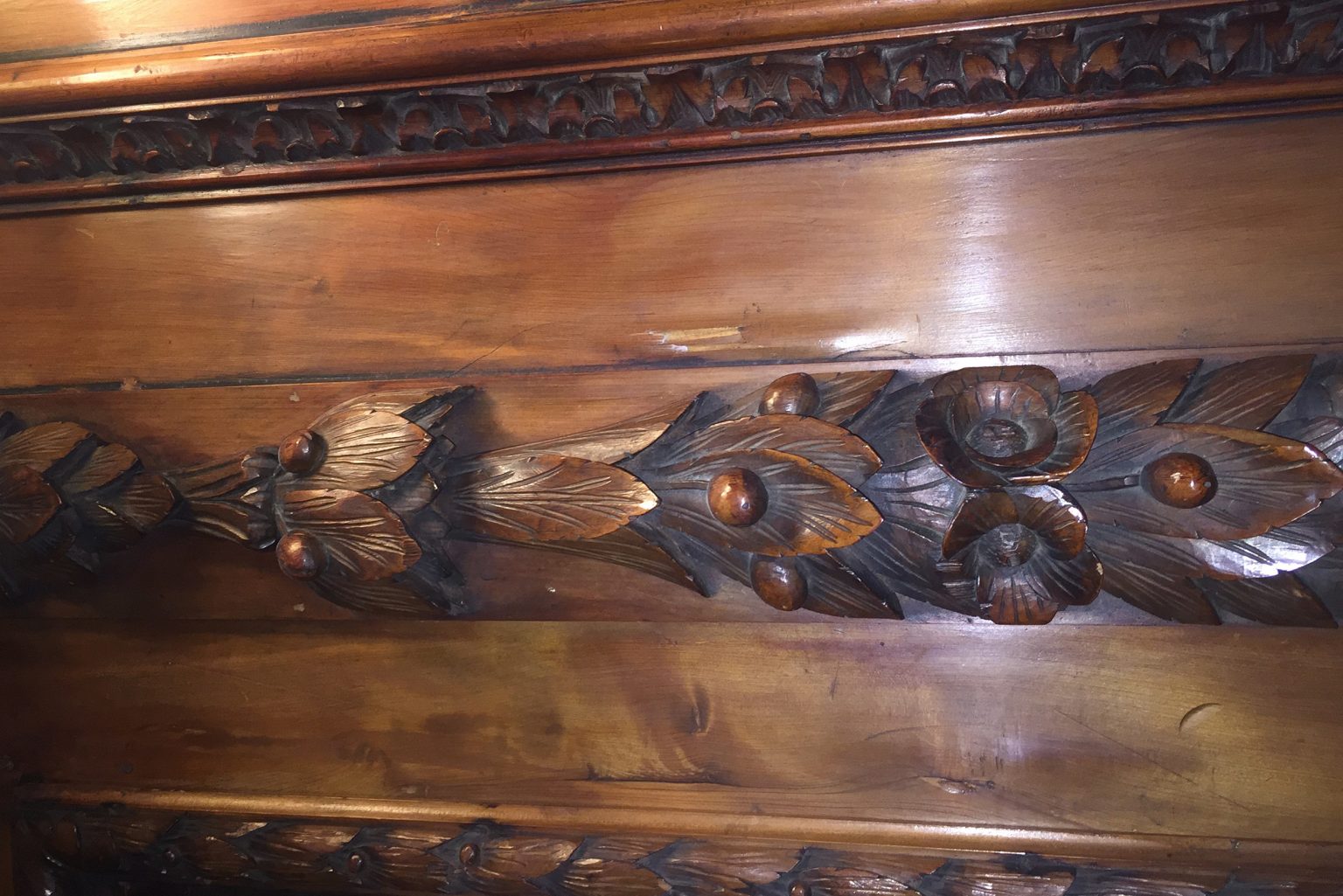
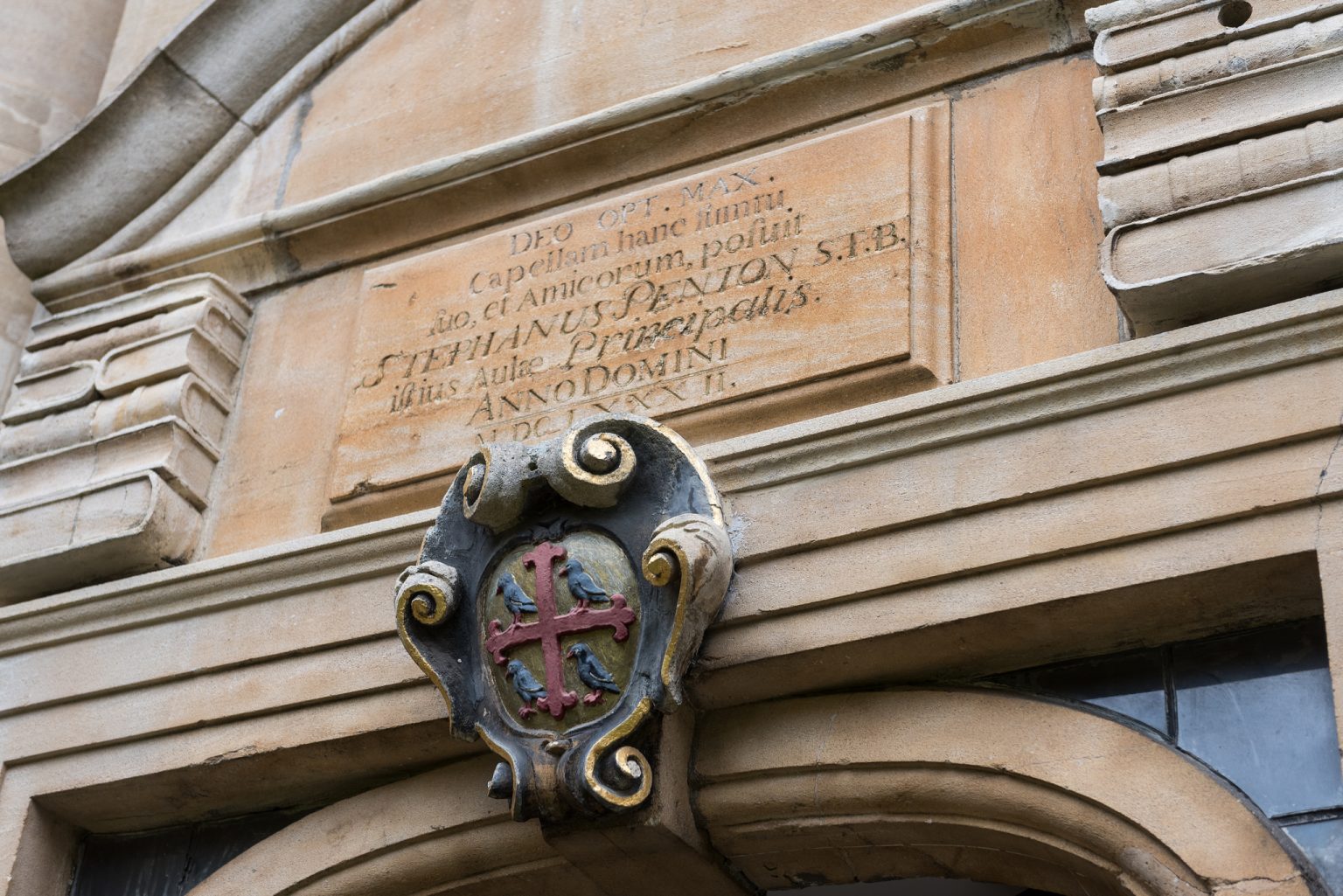
From the Front Quad, the Chapel building appears perfectly symmetric. However, when it was first built this view was deceptive. The extreme left hand section was actually just a wall, and behind the false windows were the gardens of New College. This artifice was corrected in 1931 when a plot of land was purchased from New College and a small vestry and organ loft added to the Chapel. The library above was also extended at the same time.
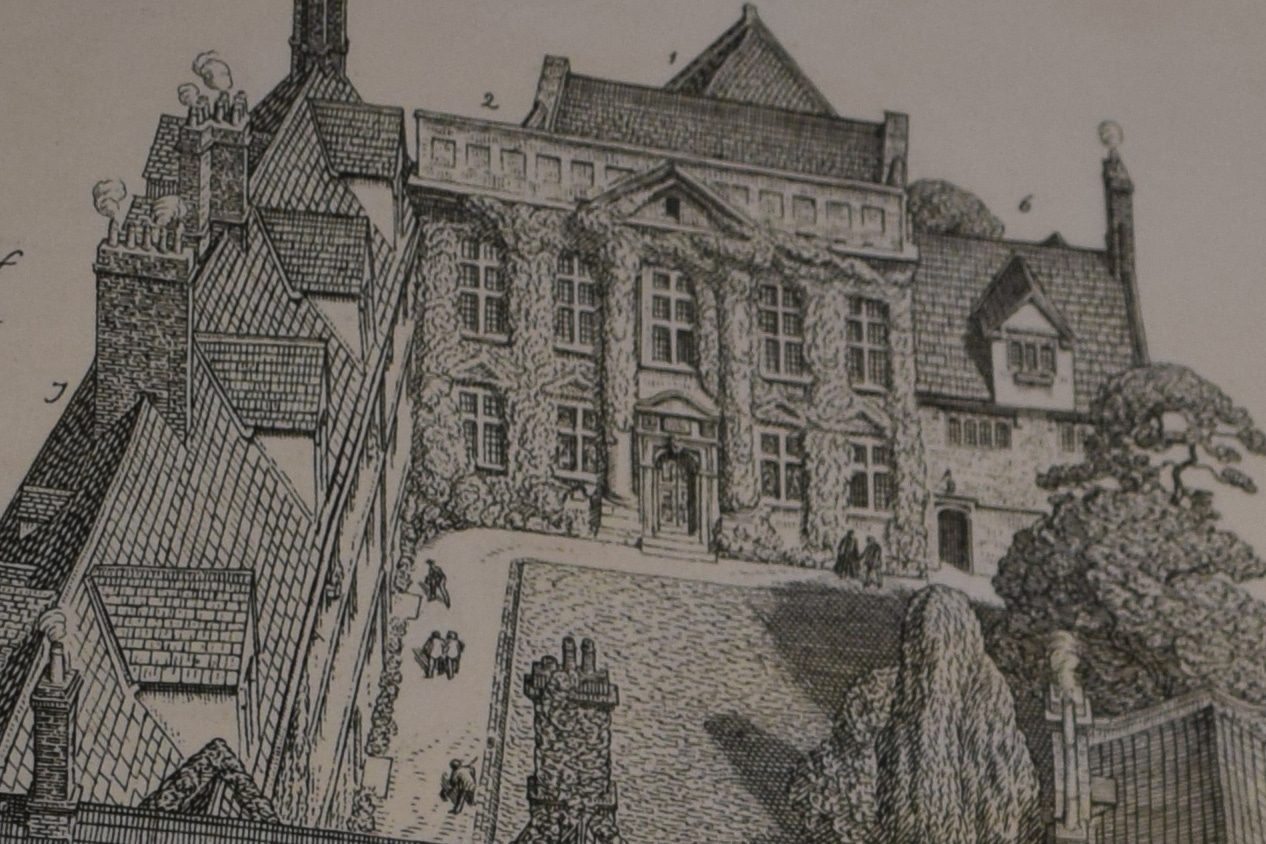
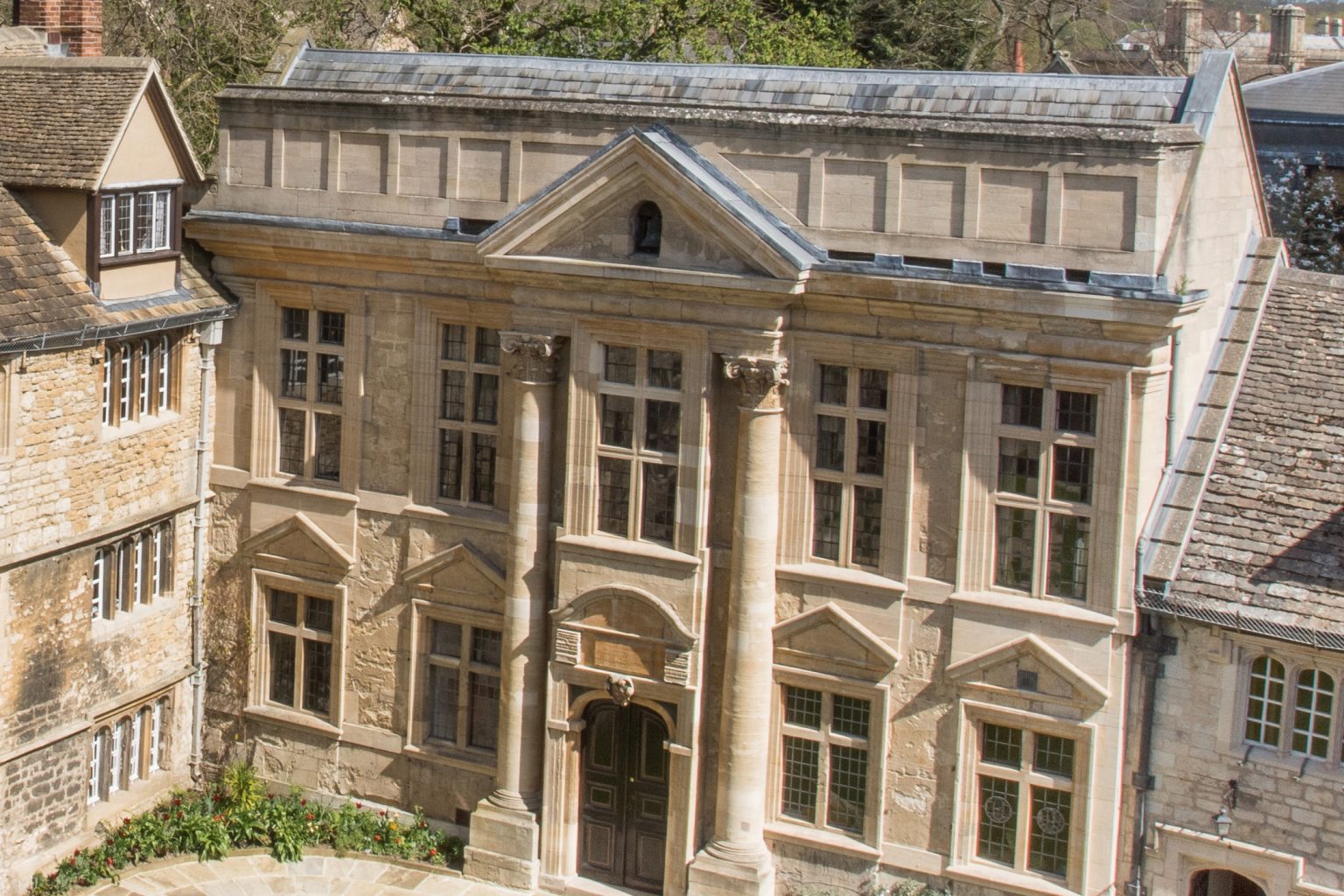
The East Window was remodelled in 1865 with glass supplied by the firm of William Morris, their first stained glass commission in Oxford. Two of the panels were designed by William Morris himself, and the remainder by Edward Burne-Jones. The window is full of exquisite details such as the flowers growing between the stones in the scene of the last supper, and the angels with candles watching over the Nativity. The glass in the sides of the chapel is of the same period, and by the firm of Clayton and Bell. The saints shown are Edmund, Nicholas, John, Mary, Paul and Peter. Saints Catherine and Jerome are now hidden behind the modern organ.
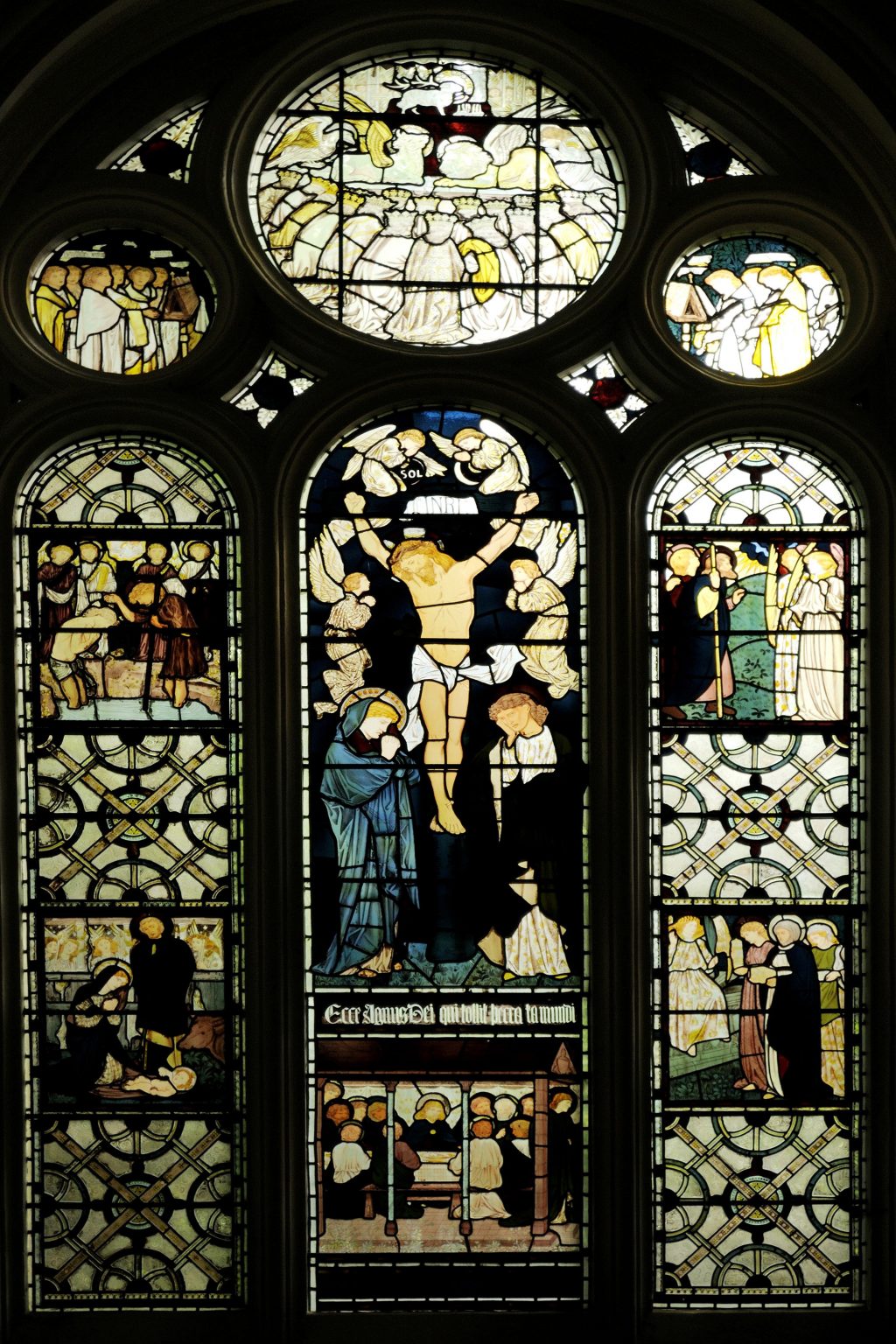
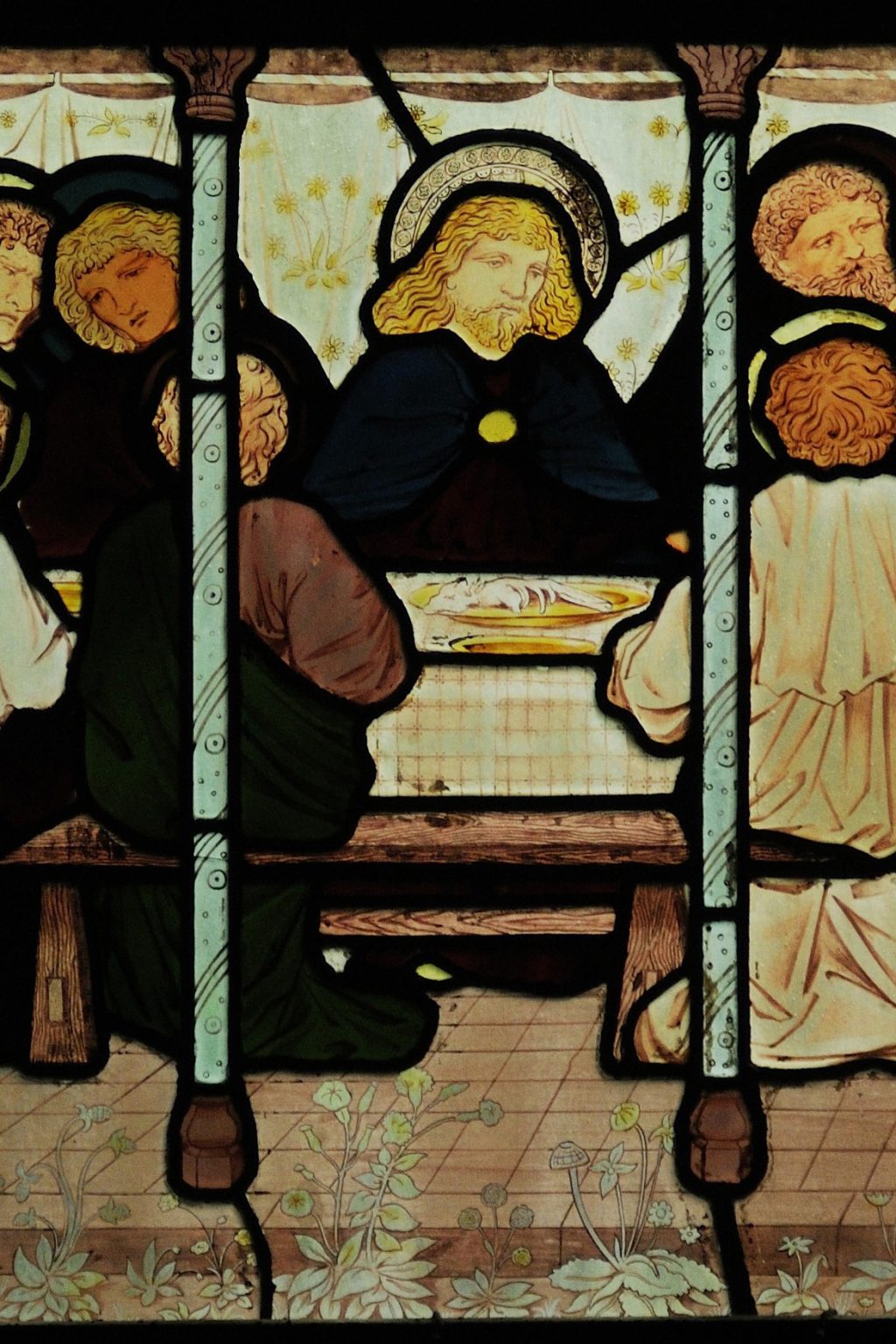
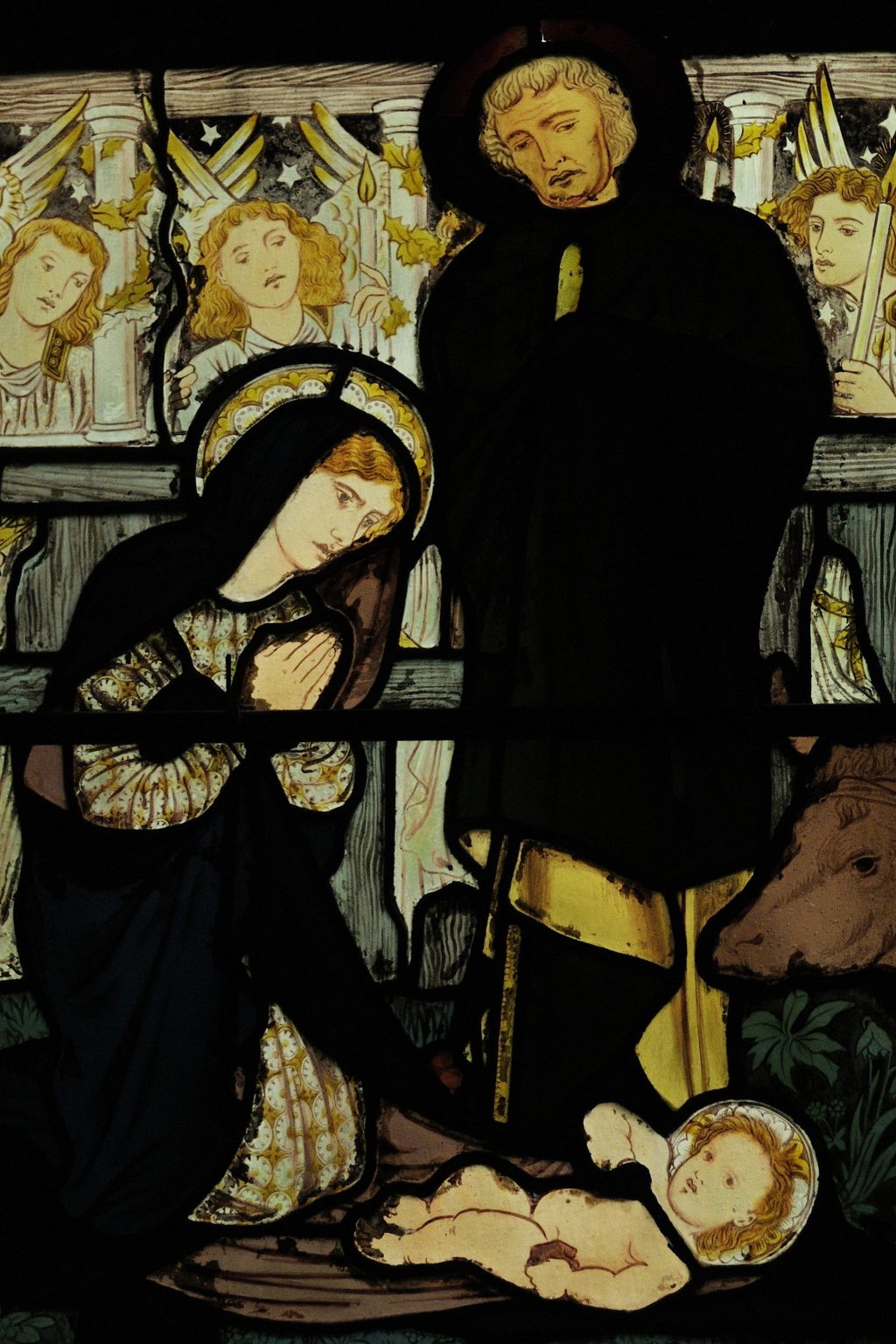
In 1816, a painting of Christ carrying the Cross was placed behind the altar. This was presented to the Hall by an undergraduate student, Reginald Rabett. It must have been removed sometime in the early twentieth century, and I rediscovered it several years ago in a store room.
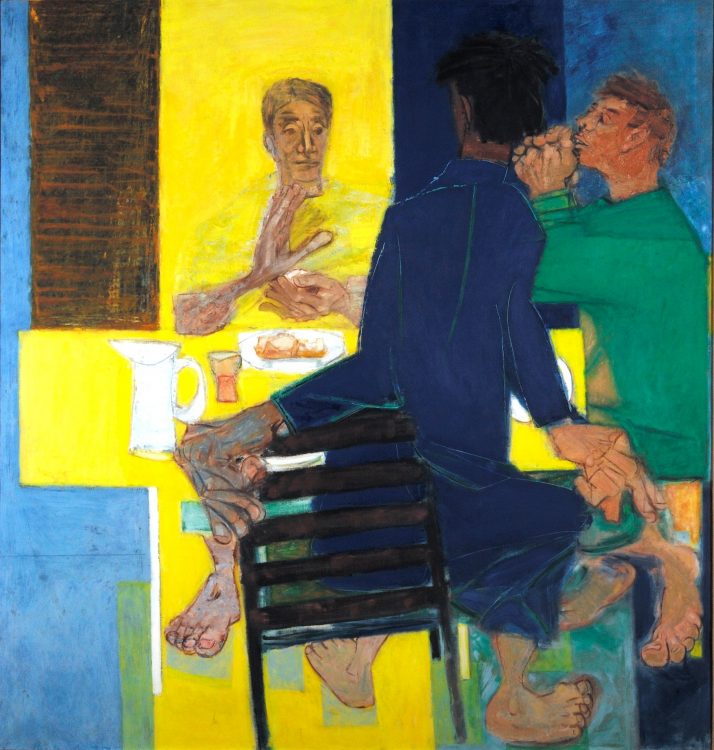
The current, very striking altarpiece was commissioned by the junior members of the Hall to mark the granting of a Royal Charter to St Edmund Hall in 1957. The scene is the Supper at Emmaus:
“And it came to pass, as he sat at meat with them, he took bread, and blessed it, and brake, and gave to them. And their eyes were opened, and they knew him; and he vanished out of their sight.” Luke 24:30-31
The artist, Ceri Richards, captures the contrasting responses of the disciples as they recognise Christ before them. The painting was widely acclaimed by critics, and it is undoubtedly one of the great religious works of art of the last century. However, student reaction was mixed. Concern was raised over the unnaturally large feet and hands. The artist gave a spirited defence of his work, saying, “They have just become aware of the wounds and feel them in their own hands and feet. It’s what they call expressionism, they tell me.”
In future posts I will dig deeper into the art within the Chapel – the story behind the commissioning of the altarpiece, the William Morris window, and the Chapel silver.
Read more on our blog
Category: Library, Arts & Archives
Author

Jonathan
Yates
Professor Jonathan Yates is a tutor in Materials Science at St Edmund Hall. He also holds the role of Picture and Chattels Fellow which sees him take responsibility for the cataloguing, conservation and use of the Hall’s art collection, including paintings, photographs, silver and other items.
